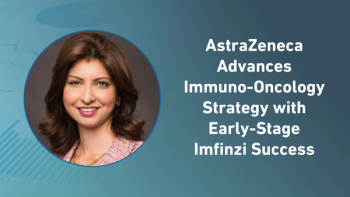
Managing Clinical Technology Overload From a DCT Perspective
In this video interview, Jane Myles, program director, Decentralized Trials & Research Alliance (DTRA), highlights challenges with technology adoption including how sites may be asked to work with a variety of different providers.
In a recent video interview with Applied Clinical Trials, Jane Myles, program director, Decentralized Trials & Research Alliance (DTRA), discussed trends and challenges in decentralized clinical trials (DCTs) including misconceptions and the rapid adoption of DCT elements. Myles also highlighted DTRA's initiatives on site adoption, operational planning, and the integration of digital health technologies.
ACT: From a decentralized clinical trial (DCT) perspective, what are some best practices to ensure that stakeholders don’t feel overwhelmed by technology?
Myles: Now there are some other reasons people feel overwhelmed. Honestly, there are a lot of different providers out there, and especially as a site, you may be asked to work with many different providers, not even within the same study, but across the suite of studies you're doing. The technology burden feels higher when it feels like—I'm making this up now—the eConsent solution looks different when you work with vendor ‘X’ versus vendor ‘Y,’ but actually the core capabilities and the GCP (Good Clinical Practice) and data requirements are exactly the same. You still have to be trained on both to use them as a site member. Some sites have actually asked if there should be a consolidation, or a narrowing of the available options for these different methodologies. I'm strongly opposed to that, simply because that's not how this whole industry will work. However, I do think that over time, we're going to see some more common best practices and norms, even if we don't get to a state where you might have one training program that applies across every eConsent solution.
I think the other thing that's going to be really interesting here on tech adoption is that as the FDA inspectors and investigators who conduct the inspections go out and learn about these different platforms, they're going to become more familiar and comfortable with the technology too, and probably make recommendations. I'm not saying 483s, I'm saying they're more likely to be able to document anything we need to pay attention to in a guidance document, similar to the one they just released on electronic systems and signatures. Tech adoption is hard, especially when it feels like you're being asked to learn something new every week. I get that.
Newsletter
Stay current in clinical research with Applied Clinical Trials, providing expert insights, regulatory updates, and practical strategies for successful clinical trial design and execution.





.png)



.png)



.png)
.png)
